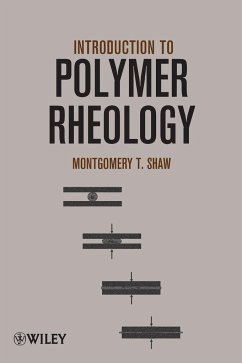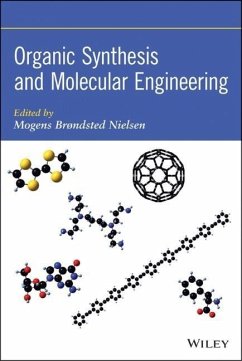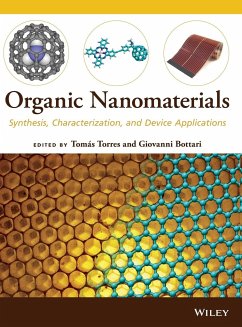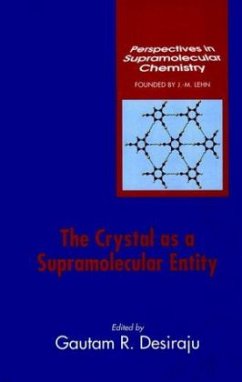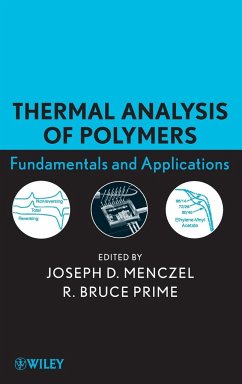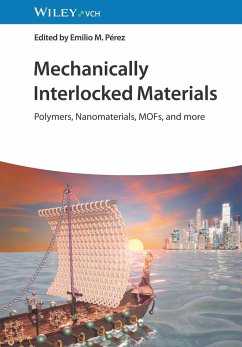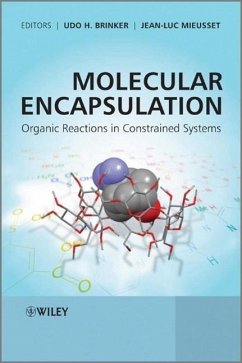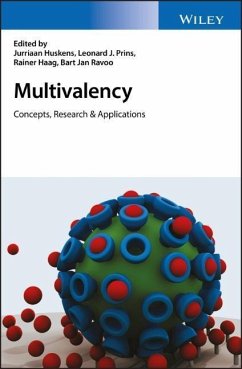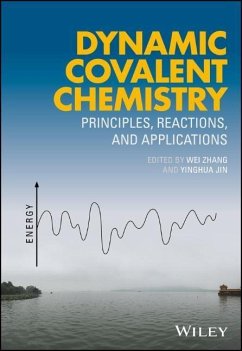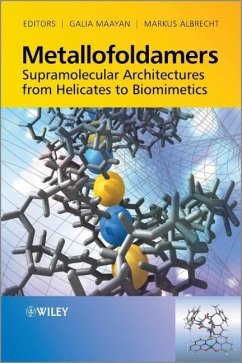
Functional Metal-Organic Frameworks
Structure, Properties and Applications
Versandkostenfrei!
Versandfertig in über 4 Wochen
180,99 €
inkl. MwSt.
Weitere Ausgaben:

PAYBACK Punkte
90 °P sammeln!
Owing to the extensive interest in construction of functional metal organic frameworks (FMOFs), this book discusses the roles of functional groups on the structure and application of metal organic frameworks (MOFs). The contents of the book are classified based on the structural and chemical properties of organic functions, in order to make readers able to compare the different effects of each function on the structure and application of the MOFs.In each chapter, the chemical properties of applied functional groups are gathered to give deeper insight into the roles of organic functions in the ...
Owing to the extensive interest in construction of functional metal organic frameworks (FMOFs), this book discusses the roles of functional groups on the structure and application of metal organic frameworks (MOFs). The contents of the book are classified based on the structural and chemical properties of organic functions, in order to make readers able to compare the different effects of each function on the structure and application of the MOFs.
In each chapter, the chemical properties of applied functional groups are gathered to give deeper insight into the roles of organic functions in the structure and application of MOFs. In the function-application properties, the authors discuss how a functional group can dominate the host-guest chemistry of the MOFs and how this host-guest chemistry can expand the effectiveness and efficiency of the material in different fields of applications. Finally, function-structure properties are discussed. In function-application properties, it is discussed how a functional group can affect the topology, porosity, flexibility and stability of the framework. The features of this subject are novel and are presented for the first time.
In each chapter, the chemical properties of applied functional groups are gathered to give deeper insight into the roles of organic functions in the structure and application of MOFs. In the function-application properties, the authors discuss how a functional group can dominate the host-guest chemistry of the MOFs and how this host-guest chemistry can expand the effectiveness and efficiency of the material in different fields of applications. Finally, function-structure properties are discussed. In function-application properties, it is discussed how a functional group can affect the topology, porosity, flexibility and stability of the framework. The features of this subject are novel and are presented for the first time.




